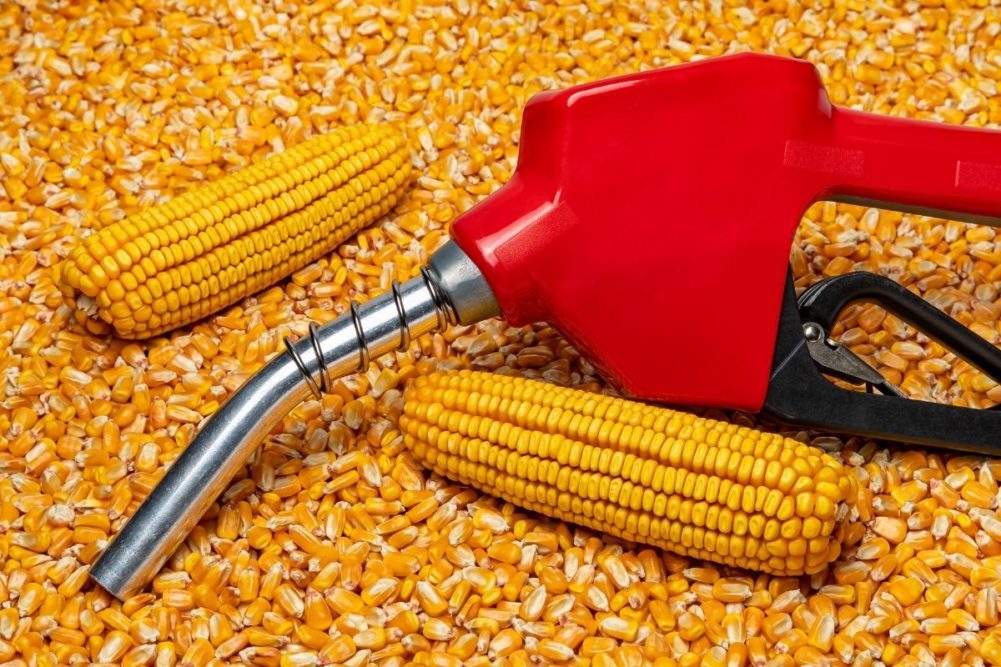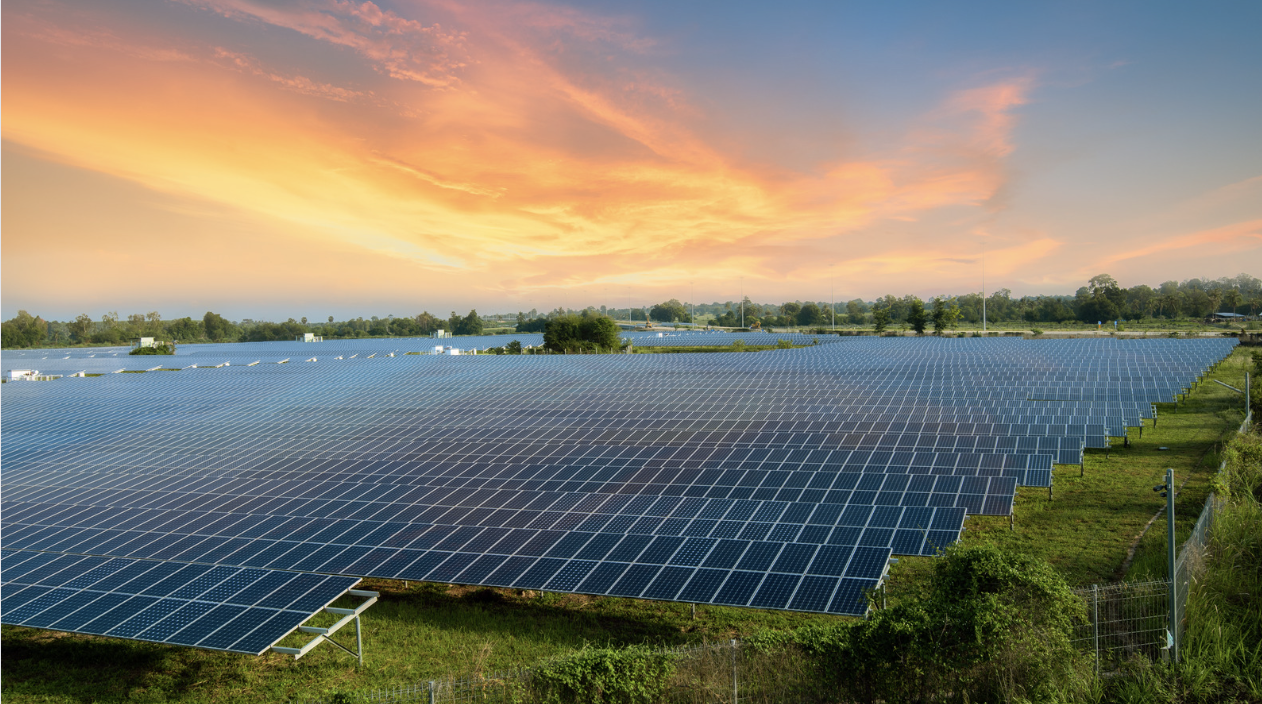30% of the nation's corn crop goes toward ethanol production (not food, for either people nor animals). As more and more vehicles are powered by electricity rather than gasoline, we may not need that ethanol in the future. What if we used that land for solar instead?
Bryan Jacob | December 28, 2023 | SolarThe “food vs. fuel” debate rages on. Brilliant minds have argued for decades about whether it is wise to utilize food commodities (like corn) to produce biofuels (like ethanol). But I’d like to examine a different dimension of this issue: land use.


A companion debate has emerged. The solar industry is increasingly confronted by criticism over the amount of land (particularly farmland) being utilized for energy generation by photovoltaics. I’ve blogged about the Land Use Implications of Energy Choices before.
In that blog, I referenced Bill Nussey (Freeing Energy author and podcaster) quite extensively. One of the other articles Bill has published in recent years was entitled: “Making Ethanol From Corn Is The Least Efficient Use Of Farmland” where he posed the question “So, what if American corn farmers replaced their fields with solar farms?”
Nationwide, about 30% of corn production goes toward ethanol production (not food, for either people nor animals). And I’d like to focus on the state of Tennessee for a comparison I’ll get to next. According to the University of Tennessee Institute of Agriculture, more than 900k acres of corn were planted in Tennessee this year. So if that 30% factor holds for Tennessee, as well, ethanol production may currently represent around 270k acres in the state.
What does that have to do with the price of tea in China?
Earlier this year (August 2023), researchers also from the University of Tennessee Institute of Agriculture released a report EVALUATING POTENTIAL LAND USE OF UTILITY-SCALE PHOTOVOLTAICS (SOLAR PANELS) ON FARMLAND IN TENNESSEE. A key result from that analysis is that if the Tennessee Valley Authority (TVA) follows through on its commitment to have 10 gigawatts (10,000 megawatts) of solar by 2035, that could occupy between 57,514 and 103,443 acres of land (0.22% to 0.39% of the state’s total land mass, or 0.53% to 0.96% of Tennessee’s farmland).1
Where I’m headed with this is that, if 10 GW solar in Tennessee requires an estimated 58k – 103k acres of land (according to the recent UT study), then we’d have more than enough land for solar if we just convert all the ethanol land over to solar — which is more efficient anyway (per Nussey’s analysis). Farmers make more (and predictable) money on solar leases. Plus, as we transition (gradually) away from gasoline automobiles, there won’t be as much of the “artificial” demand for ethanol anyway.
It turns out, I’m not the only one curious about this topic. I found this UC Davis analysis to be particularly interesting: Should Farmers Plant Solar Panels or Corn? In addition to comparing energy metrics, the author also demonstrates how sensitive the farmers’ financial returns are to electricity price.
And, of course, there’s the whole issue of ethanol subsidies (also controversial) which may be based more on politics than economics. Regardless, those subsidies certainly factor into decisions farmers make on how to utilize their land.
I welcome your feedback/reactions. You can email me at [email protected] but I’ll also post this on LinkedIn and X (formerly known as Twitter) so you can consider commenting there, as well.
1 The assessment assumed all of the solar could be developed within the state of Tennessee rather than dispersed across the entire seven state region of TVA; so this is a very conservative, worst-case, scenario.